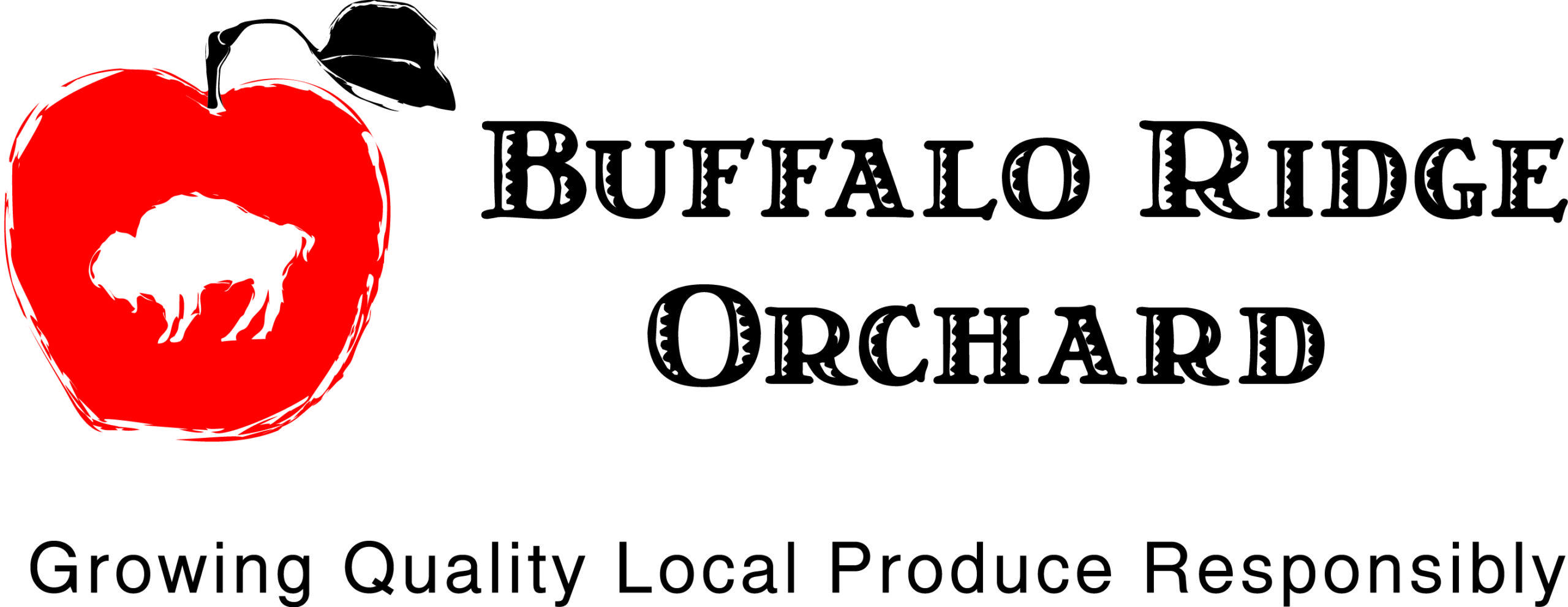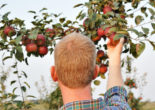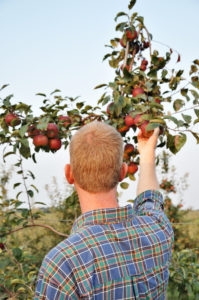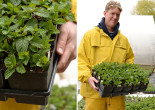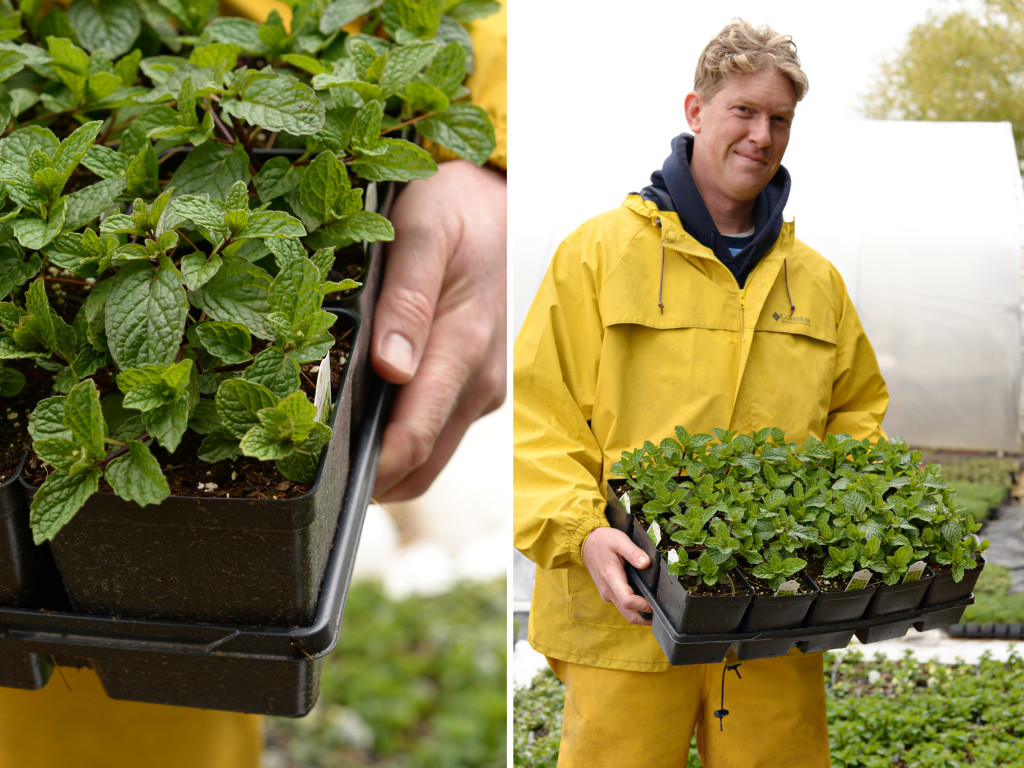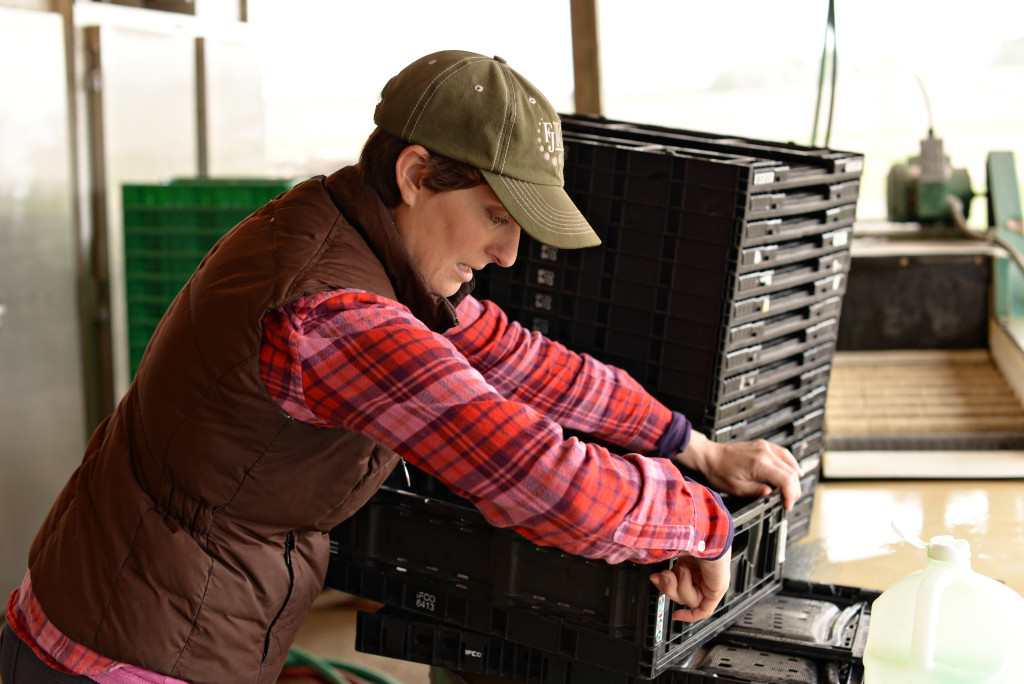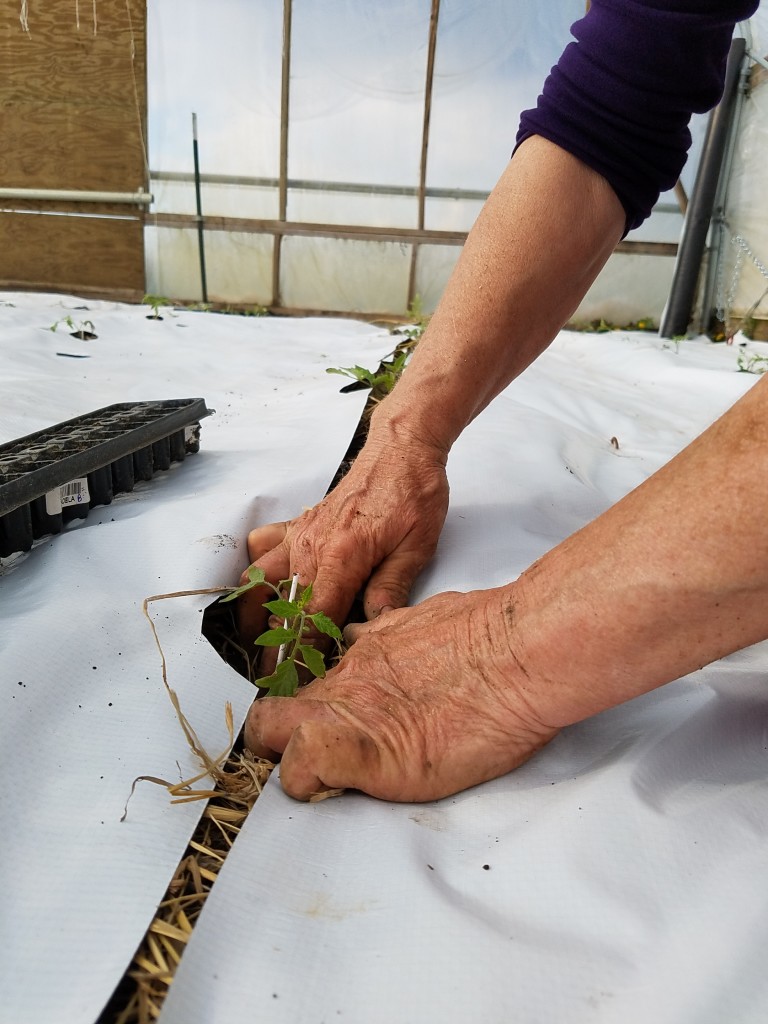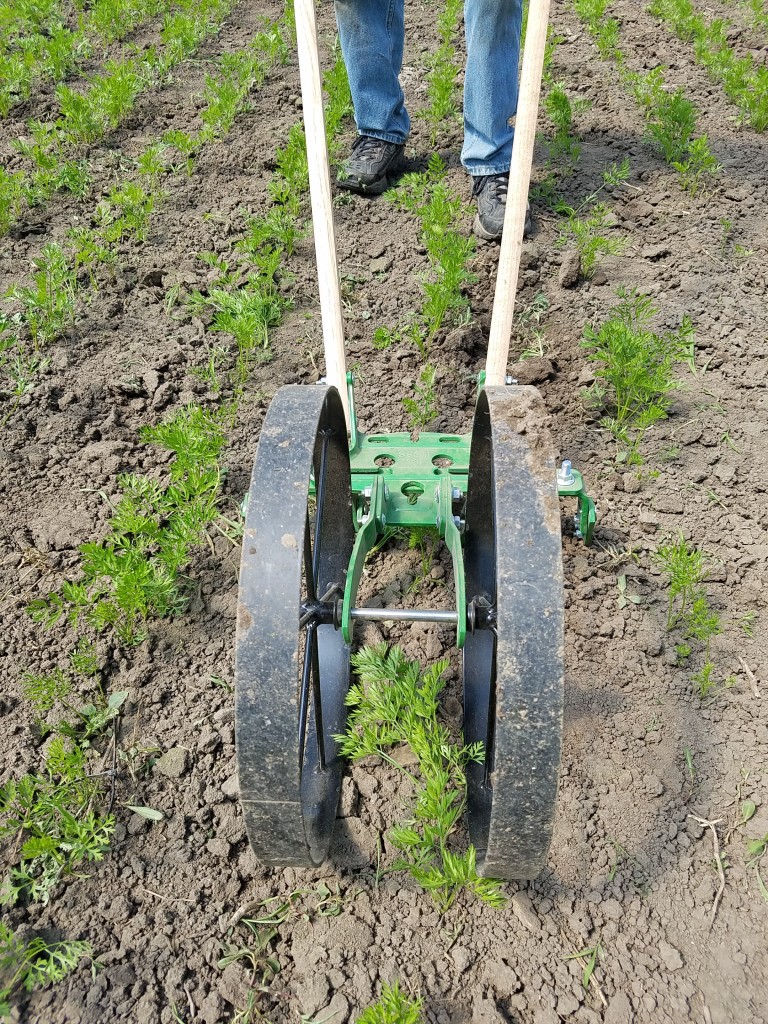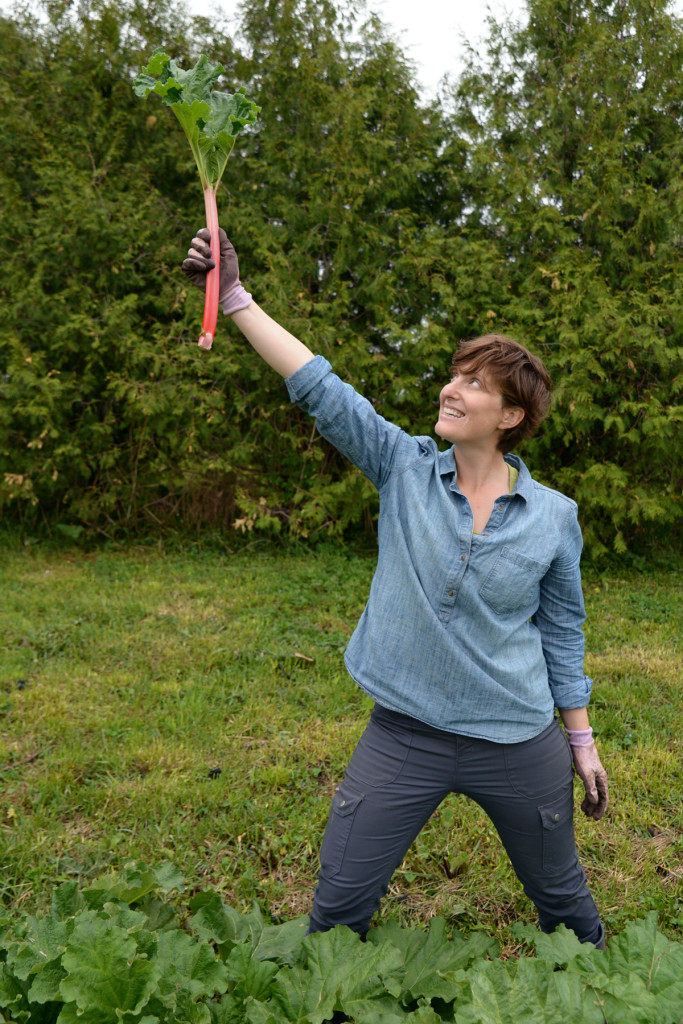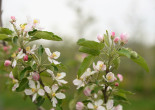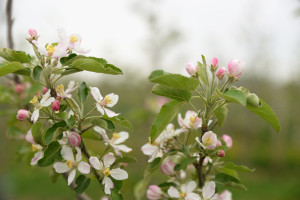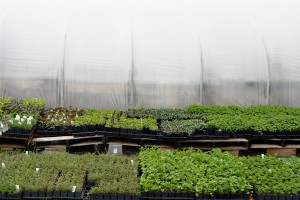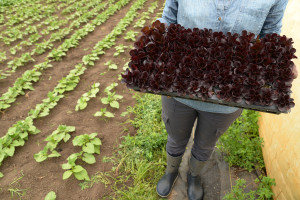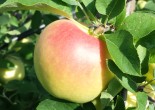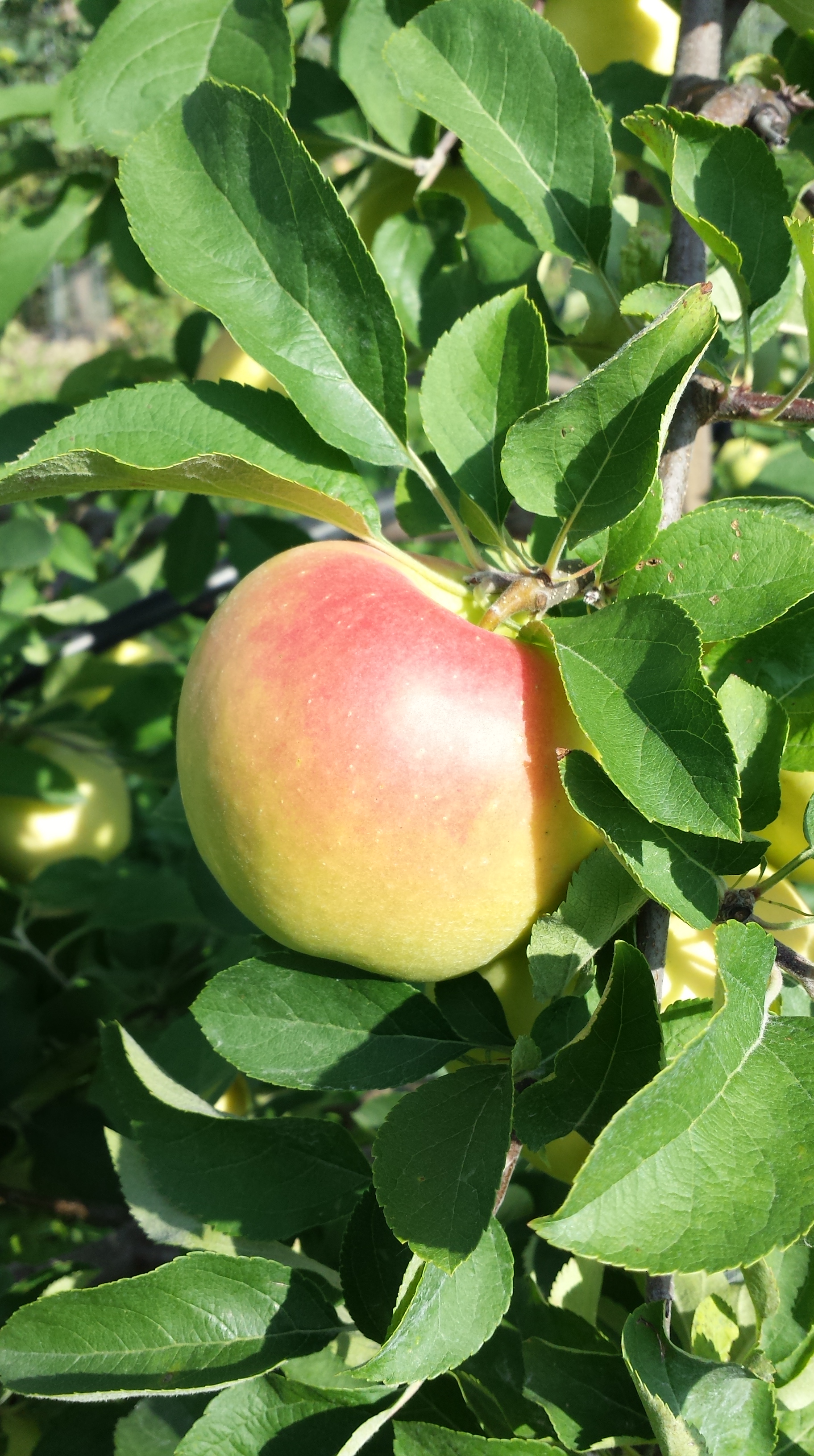We have just five weeks before we deliver our first CSA share of fresh veggies and apples! So, if you haven't signed up yet, what are you waiting for? Sign-up is available online (click to CSA Information in the side menu). Or, if you prefer, you can print the sign-up form and send it to us via mail - we love getting mail from our customers!

Emma's Reasons to Sign-up
Why sign-up for our CSA? The number one reason we find that our customers sign-up for our CSA is to encourage healthy eating while supporting a local business. We also try to offer our best variety of vegetables and apples to our CSA customers at a discount compared with our market retail prices. We feel that if you are willing to make the commitment to 12 weeks of produce, we can give you a price break. Another reason you should sign-up with Buffalo Ridge Orchard is that you are able to chose your selection of apples and veggies each week at pick up. This means if you don't like broccoli, rather than let it deteriorate in your refrigerator, you can choose to pick-up more of certain items as a replacement. Likewise, you are able to pick your mix of apples each week. If you love Honeycrisp while they are in season, you can just get Honeycrisp. Also, it helps us to reduce overall waste. We know exactly how much produce to bring each week for our CSA shares, without the excess that may not sell at our weekly market locations.
Lots of Options this Year!
This year we are offering lots of options for share size and pick-up locations for both our Apple share and Apple-Veggie CSA shares. Every year we make a goal to expand our CSA shares and this year is no exception. We are now offering an Apple share at Abbe Hills Farm outside of Mount Vernon. We will also have two drop locations in Cedar Rapids to help make pick-up more convenient. We will also continue to have pick-ups available at the Dubuque and Iowa City Farmer's Markets.
Hope to see you soon at market or at our CSA pick-up!
Emma

